#Khakassia
Text
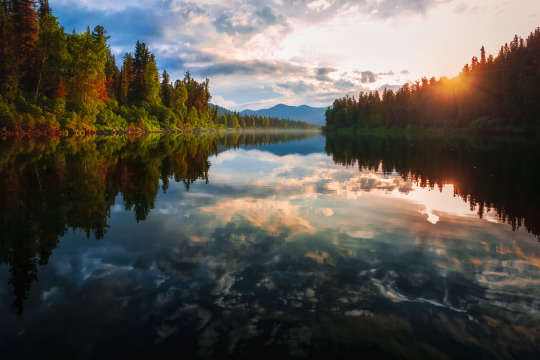

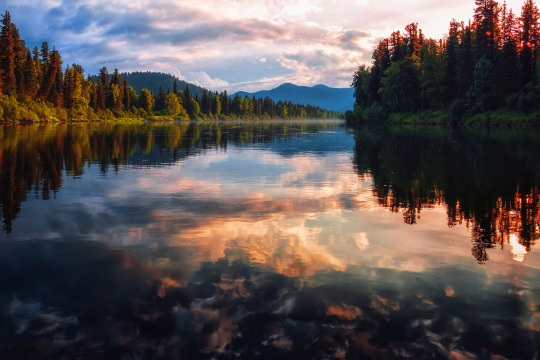
Nikitin Alexander
1K notes
·
View notes
Text

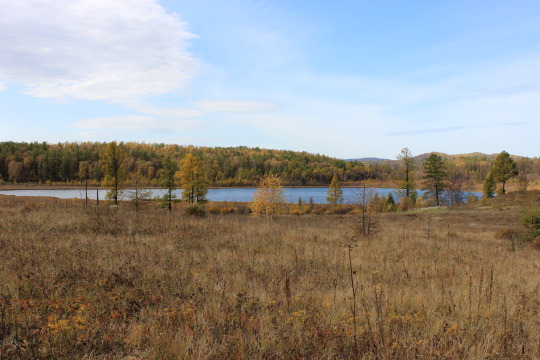
#autumn#mountaincore#lake aesthetic#lake#forest aesthetic#forestcore#trees aesthetic#nature#naturecore#nature photography#khakassia#хакасия
78 notes
·
View notes
Text
Khakas
#indigenous#culture#indigenous russia#indigenous russian#russia#important#fypシ#colonization#fypage#landback#khakassia#Khakas#indigenous people#indigenous music#siberian indigenous#indigenous siberian#siberian#siberia
211 notes
·
View notes
Text
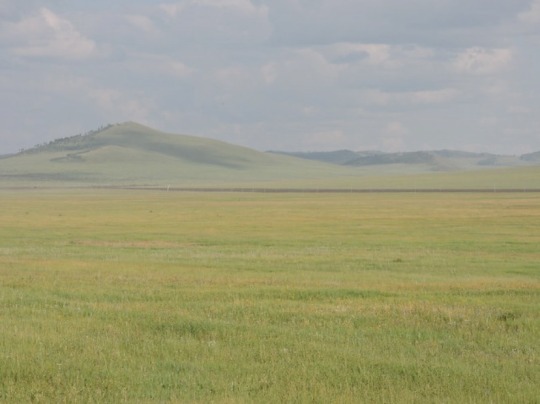

Steppes of Siberia
24 notes
·
View notes
Text

Kachintsy(Khakas) woman.Peoples of Russia Series. 1910
Качинская(хакасская) женщина. Серия "Народности России". 1910
models by Pavel Kamensky
автор модели Павел Каменский
#Khakassia#Хаккасы#Khakas culture#Культура хакассы#indigenous russia#indigenous russian#non-russian#turkic
8 notes
·
View notes
Text
Traditionalism vs. Assimilation Among Indigenous Peoples of Siberia.

As is the case for many indigenous groups around the world, native peoples of Siberia struggle to fit into the modern global village while retaining their ethnic identity and cultural distinctiveness. Since the end of World War II, the indigenous peoples of Siberia have had a special legal status which allows for certain “affirmative action”-like quotas and benefits. However, the main aim of these policies was to integrate ethnic minorities into the all-Soviet people and to inculcate the “new Soviet man” mentality. Compulsory boarding schools, where children from different ethnic groups were brought together from the age of seven in a collectivist environment, often served as the hotbed of such Sovietization. The effect on native culture was disastrous. But, as James Forsyth in his A History of the Peoples of Siberia points out, “Russification began even before this, in kindergartens, where most nurses and teachers were Russian speakers. Even where some of them were natives, however, there were cases when children or the nurses themselves were reprimanded for using their native language” (here the parallels with Native North American languages are obvious). In the Soviet Union, it was believed that minority languages and cultures would die out under communism, and that “nationalism can only be bourgeois”. Since the fall of the Soviet Union, a number of new laws have been adopted whose goal is to preserve ethnic distinctiveness of indigenous peoples. But can the tables be turned?
#Adygea#Altai Republic#Bashkiria#Buryatia#Chechnya#Chuvashia#Dagestan#Ingueshtia#Kabardino-Balkaria#Kalmkia#Karachay-Cherkessia#Karelia#Khakassia#Komi Republic#Mari El#Mordovia#North Ossetia-Alania#Sakha Republic#Tatarstan#Tuva#Semi -autonomous regions#ethnic languages#Udmurtia#indigenous groups#russian language
5 notes
·
View notes
Text
Khakassia Sunduki pictures part 1
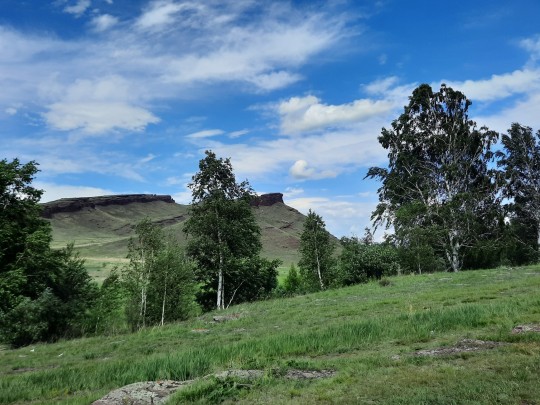



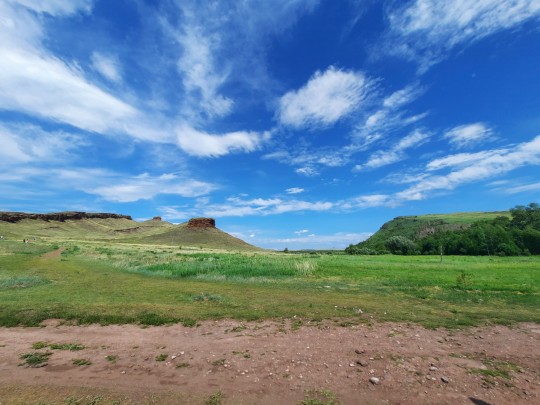


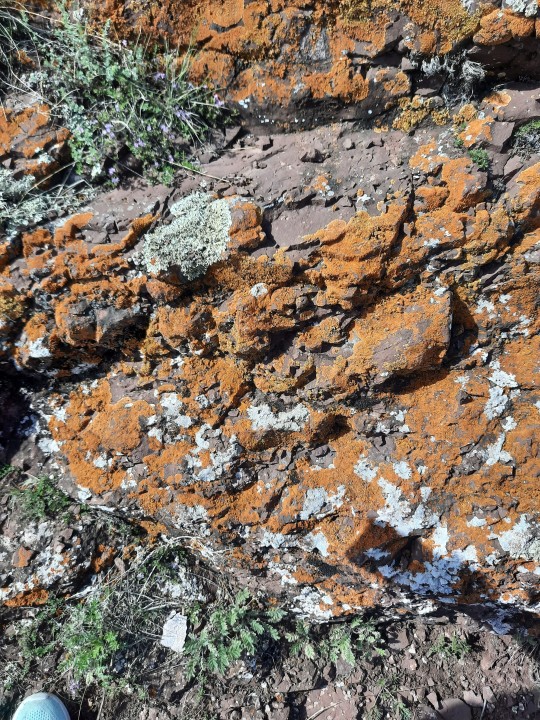


The rocks aren't rusty, they are covered in lichen!!
(Side ramble) I really like what lichen is. It's a combination of moss and seaweed (at least by 7th grade biology lessons), and it's so rad!! The land and the sea, united together. And they only grow in biologically clean areas, so they're a good indicator if human hands got far or not
And they are so pretty, looking more like moss or seaweed or more advanced plants, depending on the species. Nature is great, and so unique! For example, we saw a kite and swallows flying by. Both birds, but they look different, with swallow being more gracious and kite having massive square body. Shapes and sizes, cultures and traditions, color of our skin and texture of our hair!! It shows we all grew up in different enviroments, but are still humans. The differences must be preserved, they make this planet beautiful for everybody (side ramble over)
6 notes
·
View notes
Text
Anthocharis cardamines (butterfly)
Trollius asiaticus (flower)
Location: Khakassia, West Syberia, Russia
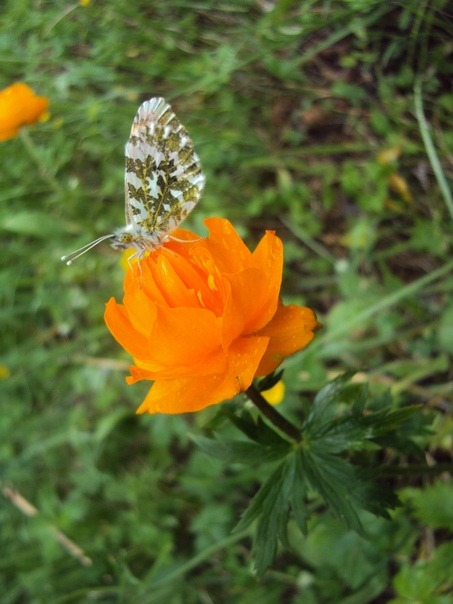
Found an old photo from field practice in biodiversity
Nothing special but I like it
In a rough translation from russian, this plant is called «little flame», and the butterfly is «little dawn»
3 notes
·
View notes
Photo

Друг — подарок самому себе. (Роберт Луис Стивенсон) ~•~•~•~•~•~•~•~~•~•~•~•~•~•~•~•~•~•~•~•~•~•~•~ #moscow#mos#moscowcity#moskow#msk#abakan#krasnoyarsk#chernogorsk#khakassia#khakasia#2023#winter#liketime#lik#likesforlike#instalike#instagood#instagram#instadaily#instafashion#friends#smile#🙌🏻 (at Odintsovsky District) https://www.instagram.com/p/CoBxC-2qTuM/?igshid=NGJjMDIxMWI=
#moscow#mos#moscowcity#moskow#msk#abakan#krasnoyarsk#chernogorsk#khakassia#khakasia#2023#winter#liketime#lik#likesforlike#instalike#instagood#instagram#instadaily#instafashion#friends#smile#🙌🏻
0 notes
Photo
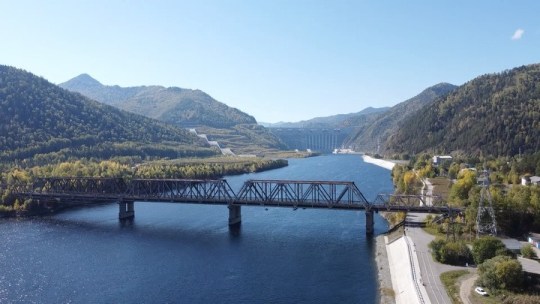
#гэс #енисей #саяногорск #черемушки #хакасия #карловствор #западныйсаян #хребетборус #мраморнаягора #сибирь #горы #лес #осень #hydroelectricpowerstation #yeniseiriver #sayanogorsk #khakassia #siberia #mountains #forest #autumn (at Саяно-Шушенская ГЭС) https://www.instagram.com/p/Ci9DIT1Iams3Xa5AE4xh4-7e-RonL_F3pxlO3c0/?igshid=NGJjMDIxMWI=
#гэс#енисей#саяногорск#черемушки#хакасия#карловствор#западныйсаян#хребетборус#мраморнаягора#сибирь#горы#лес#осень#hydroelectricpowerstation#yeniseiriver#sayanogorsk#khakassia#siberia#mountains#forest#autumn
1 note
·
View note
Text

Siberian Cave Filled with Mammoth, Rhino and Bear Bones is Ancient Hyena Lair
Siberian locals have discovered an incredible prehistoric time capsule in what paleontologists believe is the largest ancient hyena lair ever found in Asia. The cave contained a whole menagerie of animal bones that had been undisturbed for about 42,000 years.
Paleontologists found the bones of both predator and prey animals from the Pleistocene epoch (2.6 million to 11,700 years ago), including brown bears, foxes, wolves, mammoths, rhinos, yaks, deer, gazelles, bison, horses, rodents, birds, fish and frogs.
The researchers posted a video of the discovery (in Russian) on June 20.
Residents of Khakassia, a republic in southern Siberia, discovered the cave five years ago, according to a translated statement from the V. S. Sobolev Institute of Geology and Mineralogy. However, due to the remoteness of the area, paleontologists weren’t able to fully explore and examine the remains until June 2022.
They collected around 880 pounds (400 kilograms) of bones, including two complete cave hyena skulls. The paleontologists suspect the hyenas lived in the cave because the bones had gnaw marks consistent with hyena teeth.

“In addition, we came across a series of bones in anatomical order. For example, in rhinos, the ulna and radius bones are together," Dmitry Gimranov, senior researcher at the Ural Branch of the Russian Academy of Sciences, said in the statement. "This suggests that the hyenas dragged parts of the carcasses into the lair."
The researchers also found the bones of hyena pups — which tend not to be preserved as they are so fragile — indicating they were raised in the cave. "We even found a whole skull of a young [hyena], many lower jaws and milk teeth," Gimranov said.
Siberia is rich with the remains of Pleistocene animals. Their remains are not old enough to be fossilized, or replaced with rock through a mineralization process. The bones, and sometimes skin, flesh and even blood of these animals are often not much different than they were the year they died. This is thanks — in large part — to the cold weather preserving the remains.
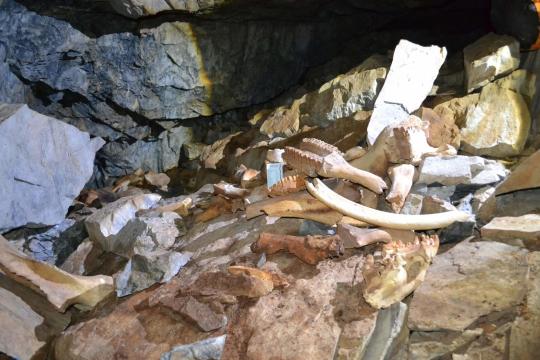
The bones have been sent to Yekaterinburg for further analysis.“[T]he finds will also tell us about the flora and fauna of that time, what animals ate, what the climate was like in this area,” Dmitry Malikov, senior researcher at the Institute of Geology and Mineralogy of the Siberian Branch of the Russian Academy of Sciences, said in the statement.
“We will also get important information from the coprolites,” the fossilized feces of the animals, he added.
By Kristin Hugo.
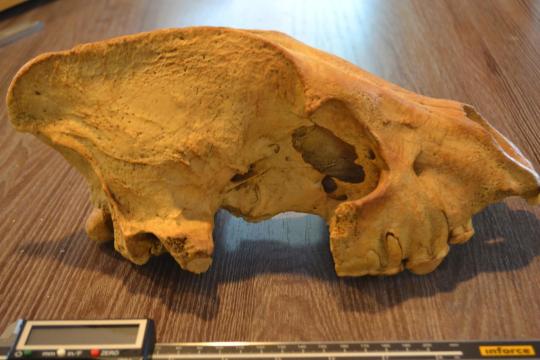
#Siberian Cave Filled with Mammoth Rhino and Bear Bones is Ancient Hyena Lair#prehistoric#paleontologist#paleontology#Pleistocene epoch#fossil#bones#skeleton#archeology#archeolgst#history#history news#ancient history#ancient culture#ancient civilizations
38 notes
·
View notes
Text

#road trip aesthetic#road trip#road aesthetic#road photography#storm#stormy clouds#countryside#country road#phone photography#khakassia#siberia#rural aesthetic#rural#thunderstorm
119 notes
·
View notes
Text
Hours/Spring/Khakass Song by Natalia Albychakova
#indigenous#culture#indigenous russia#indigenous russian#russia#important#fypシ#colonization#fypage#landback#khakassia#Khakass#Natalia Albychakova#indigenous rights#indigenous people#indigenous culture#siberian indigenous#siberia#indigenous siberian#siberian
19 notes
·
View notes
Text

Ulupov Mark Ivanovich (1924-1997). Bridge on the Angara. Irkutsk. 1967.
Paper, mixed media. 60.2 x 42.5 cm.
On the back: "Bridge on the Angara // M.Ulupov 1967 // Irkutsk".
Graphic artist. Member of the Union of Journalists of the USSR, member of the Union of Artists
USSR, member of the Moscow Union of Artists, member of the Art Fund of the USSR. Since 1992 - member of the International Association of Artists at UNESCO, Honored Worker of Culture. He studied at the Art and Graphic Faculty of the Moscow Art Teachers' Institute. In 1942, he was drafted into the army, took part in battles on the front line in parts of the North-Western and Western fronts. He made drawings published in the military press. He was wounded, contused, awarded combat awards. After demobilization, he continued his studies at the institute. From 1949 to 1951 he studied in graduate school. Since 1948, he has been a permanent exhibitor of art exhibitions. Since 1952, he began teaching at the Moscow Regional Art School "In Memory of 1905". He collaborated with the editorial offices of various periodicals - Trud newspaper, Vokrug Sveta, Culture and Life magazines, Agitator, Znanie-power, Family and School, Youth Naturalist, Altai, Soviet-Chinese Friendship, Soviet Miner, Labor Protection and Social Insurance, Inventor and Innovator and Many others. He traveled a lot in the Urals, the Volga region, the North and North-West of Russia, the Caucasus, Buryatia, Altai, Khakassia, the Baltic States.
Nikitskiy
22 notes
·
View notes
Text


Khakas(?). 1812-1813
Хакассы(качинские татары). 1812-1813
from "llustrations de Les peuples de la Russie". Karl Rechberg
"Народы России. Описание нравов, обычаев, костюмов и др". Карл Рехберг. Художник Емельян Корнеев
#Khakassia#Хаккасы#Khakas culture#Культура хакассы#turkic#non-russian#indigenous russian#indigenous russia
6 notes
·
View notes
